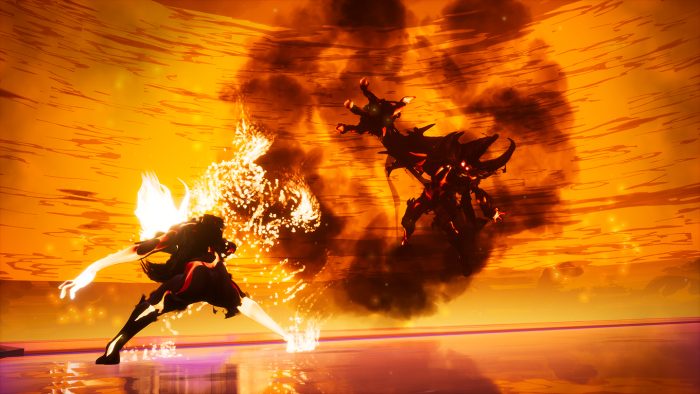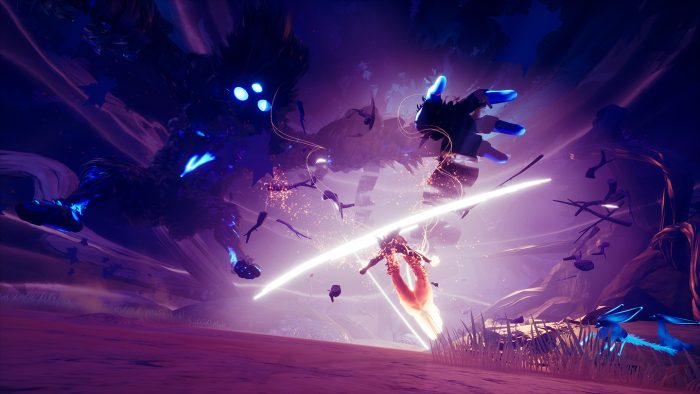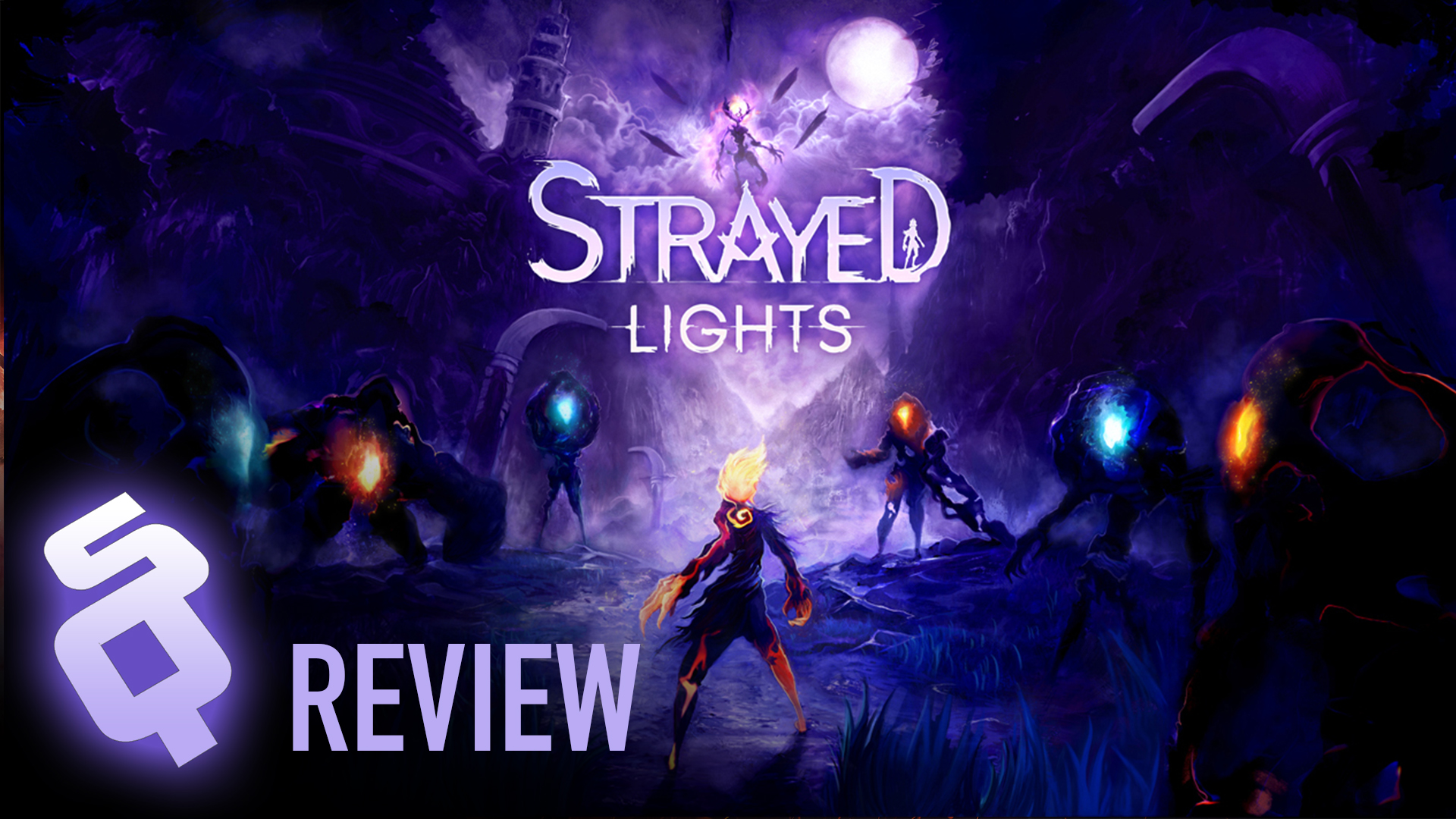A Souls-like that aims to mix color, light, and moody atmosphere with a novel combat system
Battle Royales. Match-3 RPGs. MOBAS. All of these game types share a distinct commonality. They introduced gamers to an entirely unique experience and they were so successful that a bevy of similar games followed suit. The genres began to become diluted enough that new entries had to be truly exceptional to differentiate themselves from the crowd. Most never obtained this level of success, which can easily lead to a sense of jadedness for many.
No genre has this been more recently noticeable with than Souls-likes. For a release to succeed it typically needs not only polish, but a unique hook. This is where Strayed Lights comes in, trying to stand out in what has arguably become a stagnant, overcrowded space. But does it succeed at adding a breath of fresh air to the category, or does it end up being a stale and ordinary experience we’ve come to expect, when compared to the giants of the industry? Like so many before it, it’s a good bit of both.
Let’s get something out of the way right off the bat. This game doesn’t care about the concept of plot in the conventional sense. It doesn’t have dialogue, and the most you will get out for backstory is from four optional artworks to discover. The closest thing to a traditional character is the player, who is nameless and never speaks — which isn’t important when you realize that the world and themes of the game are the real character. The game banks on the player liking an ambiguous and esoteric narrative, and for those who don’t? Tough luck.
The concept, or loop, of the game is simple: fight our way through linear zones until we reach an entity like ourselves, except these have become corrupted by a mysterious, malevolent creature. Once we defeat and purify the boss we are sent back to the hub world, which is connected to other environments that must be explored in identical fashion. As we explore them we are freely given the option to meditate, which lets us fast travel to the hub world as well as previously unfinished sections. We can also unlock abilities here with energy collected from the enemies. Exploration is incredibly basic and straightforward; most areas, despite being distinct in geography, feel the same due to always using the same color palette. Ironically, the issue of colors hinders the fundamental hook of the game: the combat.

Parrying is the core of combat in Strayed Lights, but in this case it’s a blend of Ikaruga and Sekiro. Except for the fauna, every creature in the game is a vibrant being of light that alternates between orange and blue; even the enemy monsters have this mechanic of color shifting, which for us as the player is done with the L1 trigger. When an enemy attacks we must press the block button at the opportune time to parry, with the caveat that we are aligned with the matching color. If we block at the right time while in an opposing color we simply don’t take damage. Enemies can also shift to purple, which is an unblockable attack altogether, requiring a quick dodge.
This all sounds simple enough on paper, but how does it work in execution? As I alluded to previously when discussing the color of the world itself, not that great. There were too many instances where the color of the surrounding biomes was limited to one of the three primary colors of combat. It’s an issue of poor contrasting where what’s happening on screen tends to get lost in the colorful visuals. It’s a bigger concern when the enemies start doing combo attacks by shifting through the spectrum. During boss fights this can be a real pain. In one instance it took me about fifteen attempts before achieving success, simply because I thought I was parrying an attack until I realized it was the unblockable purple.
All of this could’ve been solved with a High Contrast accessibility feature for the visibility impaired. Seeing how such a small game has better accessibility options than many AAA games (Quality and Performance modes, full keybinds, etc), I’m flummoxed that they didn’t incorporate the most obvious ones; there’s not even a color-blind mode. With all that said, when those issues don’t manifest and we are able to get into a groove, it feels good. While the three principle combat abilities we unlock feel more like they are there to get us out of trouble, they still add a layer of depth that is appreciated; abilities that feel essential would still have been preferred.

The visuals, as much as they are an obstacle to the player, are still beautiful. They’re aided by a melodic soundtrack that is never bombastic and in our face; instead the sounds have an essence of dreamlike melancholy. There’s a well thought out synergy between the art design and the music with the themes and emotions the game wants to convey. What this small team was able to produce in terms of aesthetics is quite remarkable.
As a smaller game Strayed Lights, for how it stands out, would seem to be an easy recommendation. Yet there’s the problem of the visuals unintentionally adding frustration. And even if accessibility features were added, it wouldn’t fix the fundamental issues of recycled enemies in environments that felt the same; all of this created a sense of continual repetition, and despite being a short game meant it overstayed its welcome.
This review is based on a PlayStation code sent to SideQuesting by the publisher. All images and videos courtesy Embers Studio.



No Comments